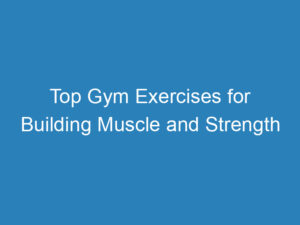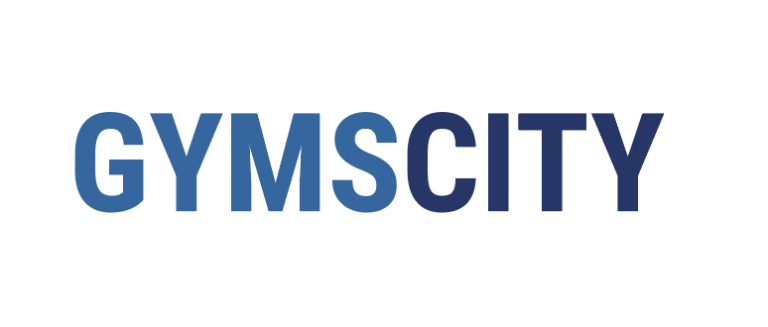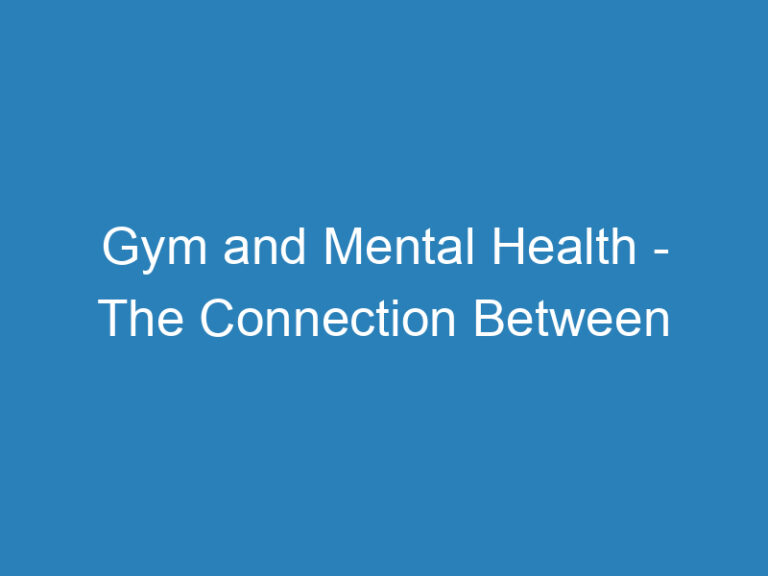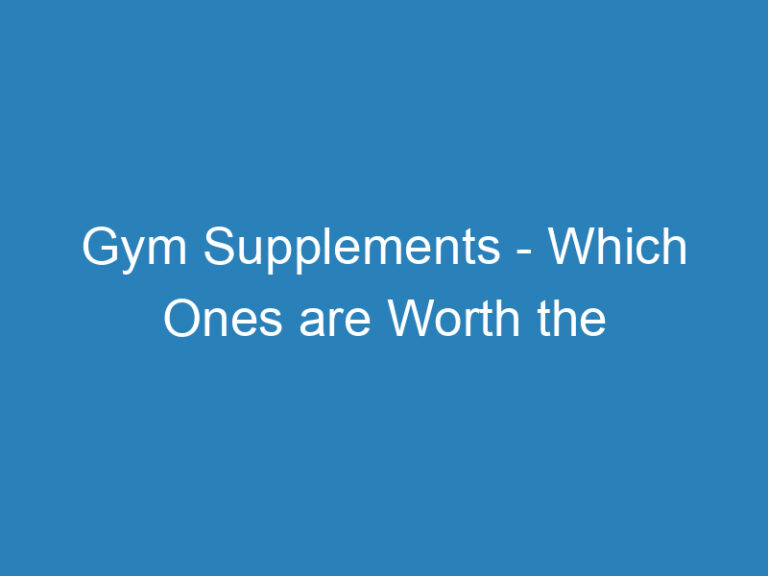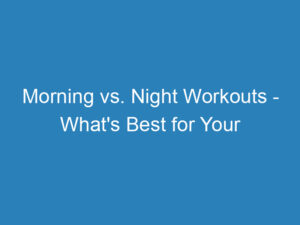In the quest for fitness, it’s not uncommon to experience muscle soreness after a workout. The question then arises – should you hit the gym when you’re feeling sore? While some might argue that pushing through the pain is the key to progress, others believe it’s crucial to listen to your body and give it the rest it needs. Let’s explore both perspectives to help you make an informed decision.
The Case for Hitting the Gym-
Proponents of working out despite feeling sore argue that it’s a testament to your dedication and mental strength. By pushing through the discomfort, you’re training your mind to overcome obstacles and develop resilience. Moreover, working out while sore can stimulate blood flow to the affected muscles, aiding in their recovery process. It also prevents a significant break in your exercise routine, helping you stay consistent with your fitness goals.
However, it’s important to differentiate between regular muscle soreness and more severe forms of muscle pain or injury. If you’re experiencing sharp or intense pain, it could be a sign of overexertion or potential injury. In these cases, it’s best to prioritize rest and consult with a healthcare professional or trainer.
The Case for Resting-
On the other side of the spectrum, advocates for rest argue that muscle soreness is a signal from your body to take a break. When you work out, you create tiny tears in your muscle fibers, and it’s during the recovery process that they become stronger and more resilient. Constantly pushing through soreness without adequate rest can hinder this repair process and lead to overtraining, which can result in decreased performance and increased risk of injury.
Resting when sore also allows your body to replenish energy stores, reduce inflammation, and repair damaged tissues. It’s an essential part of the overall fitness equation, ensuring that you’re giving your body the recovery time it needs to prevent burnout and optimize results.
Listen to Your Body-
Ultimately, the decision to hit the gym or rest when feeling sore should be based on listening to your body. It’s important to understand the difference between normal muscle soreness, which typically appears 24 to 48 hours after a workout, and acute pain that signals potential injury. Pay attention to the intensity and location of the soreness, as well as any accompanying symptoms like swelling or weakness.
If you’re experiencing mild to moderate muscle soreness, it may be safe to engage in light workouts or focus on different muscle groups. Active recovery activities such as yoga, stretching, or low-impact cardio can also help alleviate soreness while keeping you active. However, if the pain is severe or affecting your daily activities, it’s wise to take a rest day or seek professional advice.
It’s essential to strike a balance between pushing your limits and allowing for adequate rest and recovery. Remember that rest days are just as important as workout days for achieving your long-term fitness goals. Over time, you’ll develop a better understanding of your body’s needs and be able to make more informed decisions about when to hit the gym and when to take a day off.
In conclusion, while there are arguments for both hitting the gym and resting when feeling sore, the key is to find a balance that works for you. Listen to your body, pay attention to any warning signs of injury, and make informed decisions based on your level of soreness. Remember, fitness is a journey, and taking care of your body along the way is key to achieving long-term success.







